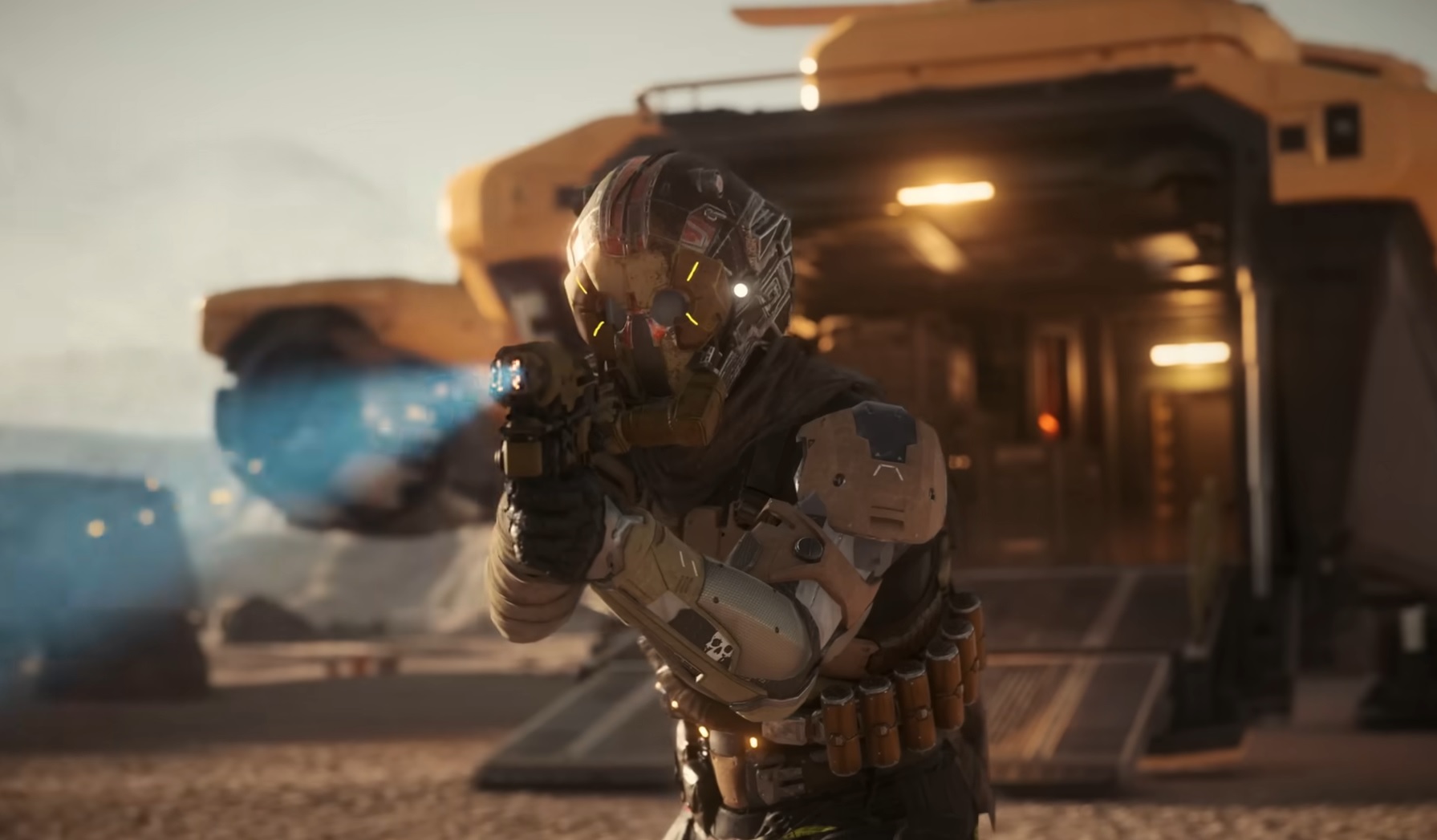Updated Star Citizen minimum system requirements look gentle but they're more guidelines than actual rules
You still don't want to play this game with less than 32GB of RAM or without a decent CPU.

Star Citizen has just updated its minimum system requirements and they appear rather easy-going: a quad-core CPU of unspecified age, a GPU with 4GB of VRAM, and 16GB of system memory. Many modern systems quite happily conform to that specification, especially with the developers noting a few examples of graphics cards that meet the requirement, including the GTX 1060, RX 460, and Arc A380.
| Header Cell - Column 0 | 2024 | 2023 |
|---|---|---|
| Operating system | Windows 10 | Windows 10 |
| CPU | Quad-core (Intel Core i7 or later, AMD Bulldozer or later) | Quad-core (Intel Sandy Bridge or later, AMD Bulldozer or later) |
| GPU | DirectX 11 compatible GPU, with 4GB VRAM | DirectX 11 compatible GPU, with 3GB VRAM |
| Memory | 16 GB | 16 GB |
| Storage | 100+ GB | 83 GB |
That's the absolute bare minimum hardware required to run the game, as per the developers (via KitGuru). Though you probably won't get far even if you do meet them. Take a look at the Star Citizen subreddit and recent threads would suggest anyone with a similar specification PC may run into some performance issues. In a thread noting the need for updated system requirements, you'll find multiple mentions of how 32GB of speedy RAM is much more a requirement to enjoy the game with a modicum of performance than anything else.
The Star Citizen developers have addressed that with the updated recommended system requirements.
| Header Cell - Column 0 | 2024 | 2023 |
|---|---|---|
| Operating system | Windows 10 / Windows 11 | Windows 10 / Windows 11 |
| CPU | Quad-core (Intel Core i7 or later, AMD Ryzen 5 or later) | Quad-core (Intel Sandy Bridge or later, AMD Bulldozer or later) |
| GPU | DirectX 12 compatible GPU, with 8GB VRAM | DirectX 11 compatible GPU, with 4GB VRAM |
| Memory | 32 GB DDR4 | 16+ GB DDR4 |
| Storage | 100+ GB | 83+ GB |
There's now a firmer recommendation for 32GB of DDR4—a qualified increase on the vague "16GB+" previously mentioned. There's also a requirement of a DirectX 12 compatible graphics card with 8GB VRAM and a slight refinement in the grade of AMD CPU required to run the game. Bulldozer has been replaced by Ryzen 5, which is a more modern processor, if nothing else.
The CPU requirement remains vague: Neither Intel or AMD CPU states a suitable generation, implying all are welcome, though that's not generally seen to be the case today. You do need a relatively modern CPU in order to run Star Citizen, among other things.
The developers now "strongly advise" the game be installed on an SSD. That's been the longstanding advice of experienced players, as the HDD performance is painfully slow.

Best CPU for gaming: The top chips from Intel and AMD.
Best gaming motherboard: The right boards.
Best graphics card: Your perfect pixel-pusher awaits.
Best SSD for gaming: Get into the game ahead of the rest.
The increase in minimum SSD capacity also highlights the game's growing size: 83 GB up to 100 GB. The actual install size is around the 103 GB mark.
Keep up to date with the most important stories and the best deals, as picked by the PC Gamer team.
This could all change in the future, especially as the game grinds towards an official beta. The gradual development of Star Citizen's system requirements reflect the game's own gradual development—officially kicking off in 2012, it has been in the works for over a decade, with a lot more work still left to do. A lot has changed in terms of the PC hardware used generally today since this game first began development, and it's tough to say if any of the specs recommended today will still be relevant by the time of release.
One upgrade for Star Citizen that's been gradually rolling out is the new Gen12 update with support for a new graphics rendering pipeline with support for Vulkan. This, many hope, will cut down on overheads and increase performance, alongside bringing support for modern graphics features.

Jacob earned his first byline writing for his own tech blog, before graduating into breaking things professionally at PCGamesN. Now he's managing editor of the hardware team at PC Gamer, and you'll usually find him testing the latest components or building a gaming PC.

